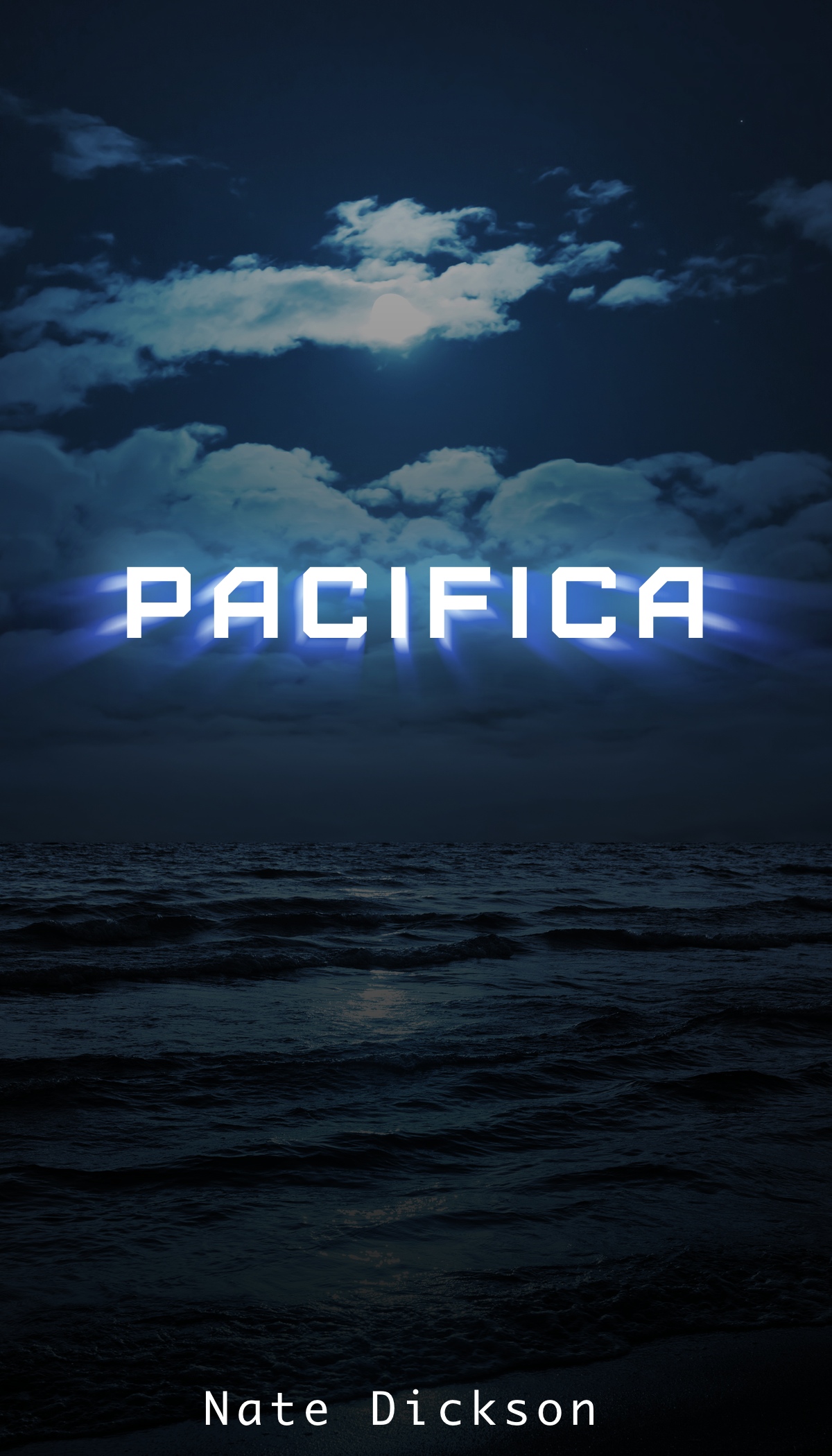 A thing I once thought would never happen has happened twice: I have been paid for something I wrote by people who actually ponied up their own hard-earned cash to buy a thing I wrote. I can’t even tell you how awesome that is. If you are one of those people I thank you from the bottom of my heart.
A thing I once thought would never happen has happened twice: I have been paid for something I wrote by people who actually ponied up their own hard-earned cash to buy a thing I wrote. I can’t even tell you how awesome that is. If you are one of those people I thank you from the bottom of my heart.
But that’s not what this article is about. This article is about what I did with the second royalty check I got from Leanpub a few days ago:
I bought an Alphasmart NEO.
I first became aware of the existence of these little wonders when I was reading Chris Baty’s1 book “No Plot? No Problem!”. Says he:
Some NaNoWriMo participants swear by an affordable machine called an Alphasmart (www.alphasmart.com). This is a battery-powered, word-processing device that looks like a cross between a laptop and a children’s Speak & Spell. The miniscule screen only displays four lines of text or so at a time, which can be helpful in warding off obsessive editing. The keyboard is large and comfortable, and you can work for up to twenty-six hours on a few AA batteries.
– Baty, Chris (2010-07-01). No Plot? No Problem!: A Low-Stress, High-Velocity Guide to Writing a Novel in 30 Days (p. 74). Chronicle Books LLC. Kindle Edition.
“Yes. This is a right thing. This is genius,” I muttered quietly to myself. Here was something that embodied the ideal of “one thing well”. A concept that I’ve always loved, all the more because I’m so terribly bad at sticking to one thing for any length of time.
When I first read this the NEO2 was still a current concern, priced around $200, which was out of my price range, or rather outside of the budget I could concieveably justify on a writing toy. So I shelved the idea of owning one for a while and went on with my life.
And wrote Painless Vim. And got paid for it, twice now. Not a lot, mind you2, but actual cash money. Which means I have a little money to spend on writing toys. But when I went back to the Alphasmart website I discovered that the Neo’s time had come to a close.
The NEO is no longer being manufactured. The company has shut down that arm of their business, and all that’s left is second-hand models that schools are getting rid of, as near as I can tell. But that’s a blessing for someone like me, because the price on a second-hand model on eBay is usually in the $40-$60 range. After a few hours of looking at all the different models that Alphasmart had ever made, comparing them and learning far more about them than I had previously thought possible I found one at the right price and a deal was struck.
About the NEO
The NEO is a device that was designed to fulfill a very specific role: it is for writing. It is not for web surfing, it doesn’t have a browser or even a network interface. It’s not for games, it’s got a very simple display that can show you around six lines of text at a time. It’s not for reading email. It is only for writing.
Being designed for the classroom has other advantages. Alphasmart products are legendarily rugged, built to withstand grade school students long enough to justify the school board’s expenditure on them. They are an instant-on device, because there’s no real OS to load up. Turn it on, write. They are the most energy conscious devices ever: Several owners claim they will run for seven hundred hours on a fresh set of 3 AA batteries. So far I’ve used my device for about 20 hours and I’m at around 98% battery, so that sounds surprisingly accurate.
Granted, the NEO is not a machine with great specs. For starters, it has 512K of RAM, which is charming. My Macbook Pro has roughly 33,000 times that much. But that 512K is enough to hold about 200 pages of text, split out over 8 files. When all you’re doing is writing you don’t need a lot of storage space. Text is small.
Equally charming is the NEO-computer interface: plug the NEO in via USB and the computer will recognize it as a keyboard. So you open Word or Scrivener or your favorite text program on your computer, put the cursor where you want the text and press “send” on the NEO. Suddenly the computer thinks the NEO is a keyboard where someone is typing at around 200 words per minute.
And that is the whole point of the device. It’s focused, so it can do it’s “one thing” well. It’s rugged, so it can go camping. It’s inexpensive, so if it turns out that taking it camping was a bad idea you can replace it without too much heartache. And did I mention that it’s a very focused device? When you are writing on a NEO you can’t be sneaking peeks at your email, or twitter or anything else. All you can do is write. It’s the perfect middle step between a paper notebook and a MacBook.
It also imparts a strange and wonderful sense of detachment from the writing grind. Everything you write disappears off the top of the screen in a matter of moments, leaving you with just your most recent thought and maybe the conclusion of the one before it. More than once I have written for an hour or less, and felt like I got a little bit done, plugged the NEO into my computer and watched as thousands of words pour out across the page. Turns out it’s easier to be productive when you’re not worrying about your productivity.
 So, I “won” again this year, writing a book that I have absolutely no desire to pursue further. Which has made me wonder if I’m doing it wrong or if I need to maybe just give up on NaNoWriMo because it’s not helping me grow as a “real” writer. But then I realized something.
So, I “won” again this year, writing a book that I have absolutely no desire to pursue further. Which has made me wonder if I’m doing it wrong or if I need to maybe just give up on NaNoWriMo because it’s not helping me grow as a “real” writer. But then I realized something. This is a super-short post to show off what I’m going to be working on for
This is a super-short post to show off what I’m going to be working on for  One of the best things about
One of the best things about